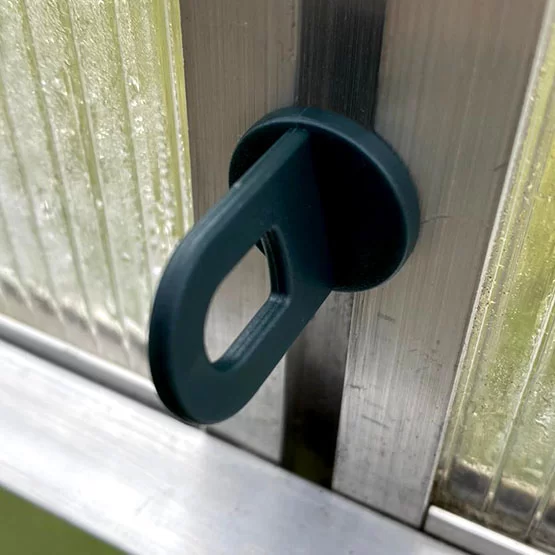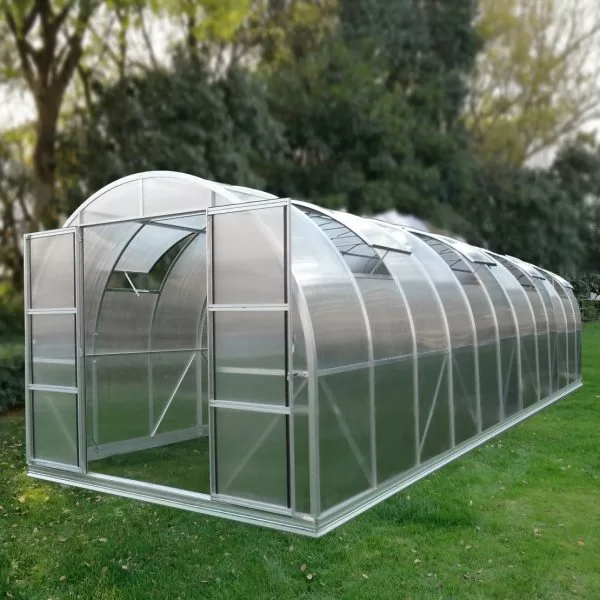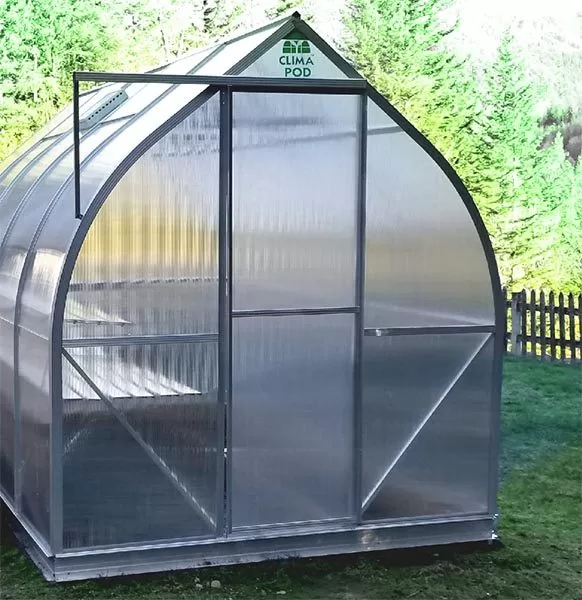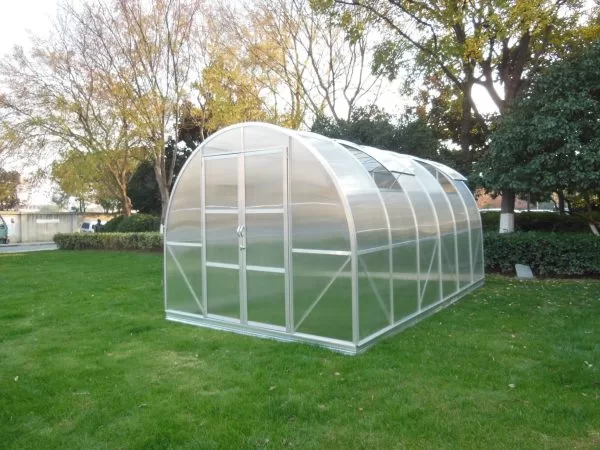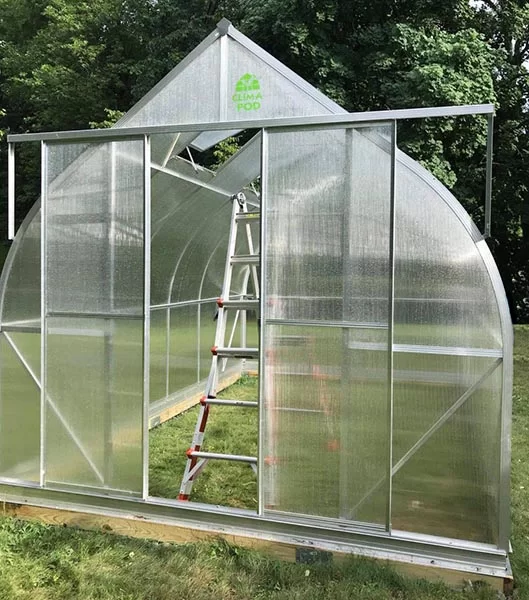Do you want to know how to choose irrigation system for your greenhouse? The deciding factor when choosing an irrigation can be more than just price. The method of watering depends on the length and width of the greenhouse, as well as on the type of plants you want to grow.
Irrigation systems vary in efficiency.
What are the advantages of automatic watering:
- more time for other work – instead of running around with a watering can, you can do household chores;
- rejection of ineffective physical efforts – if the process can be automated, then there is no point in straining;
- creating a comfortable environment for vegetables – you will not accidentally overflow tomatoes and do not dry cucumbers;
- control of the time and strength of watering – set the necessary intervals and intensity of water supply, so as not to measure by eye.
Types of greenhouse irrigation systems
Whatever pump you choose for watering the greenhouse, it must be connected to a water tank – a barrel, a box, a bathroom. Only warm water should be supplied to the greenhouse, at least heated by the sun.
Tip: If you have light-colored containers, cover them with a dark cloth or paint to prevent the water from blooming.
There are three main types of watering:
- sprinkling,
- subsurface,
- drip.
The automatic drip irrigation system is the most popular among gardeners. Let’s take a look at the pros of each watering type.
Drip Irrigation

The automatic drip irrigation system for the greenhouse is designed very simply – water flows down from the pipes located on the beds to the plants. You can do it yourself or buy a ready-made one – with all connections and a timer for adjustment.
To mount it, connect a container with water and a pipe laid across the greenhouse at the entrance. From this main pipe, tubes or tapes diverge along all the beds, in which holes – droppers are located every 30 cm. Through them, water flows directly under the roots of plants.
The tapes are on the surface as they are too thin to drop. You can partially place the pipes in the ground – leave only areas with holes on the surface. If you assemble the system yourself, then pay attention to the pipe material – use metal or plastic so as not to put them away for the winter.
Prefabricated systems often include hoses. Take them away for cold weather.
Remember: the irrigation holes are very narrow, so you need a water filter to keep small particles out of the pipes and clog them. Install the filter on the main pipe, at the junction with the water tank.
Main advantages of drip irrigation are:
- Water Saving. Water flows directly to the roots, which eliminates unnecessary consumption.
- Allows you to avoid waterlogging of the soil, fungal diseases that develop in wet warm earth.
- Impregnates soil at depth. All contours are connected in one line of moist soil, so the roots of the plant will always find food.
- Easy to assemble by yourself.
- Ideal for tomatoes.
Greenhouse Rain Irrigation

This system simulates natural watering – rain. You can install it under the roof of the greenhouse around the entire perimeter. The smallest drops of water will fall on the leaves and fruits, and the plants will receive nourishment from the air and from the soil. You can also do above-ground watering – in this case, the main nutrition of vegetables comes from the soil.
The air sprinkler requires purified water to avoid clogging the small holes. In addition, in both cases, the water must flow under high pressure.
Main advantages of rain irrigation are:
- Convenient for large greenhouses, as it has a large irrigation radius.
- It pays for a rather big price with bountiful harvests.
- Great for cucumbers that like moist air.
It is quite simple to organize sprinkling by yourself – place pipes with sprinklers under the roof or underground and organize a strong pressure of water.
Subsoil watering in the greenhouse

Water enters the soil through pipes that are underground. The soil absorbs moisture over the entire surface of the pipe. The soil is constantly moist due to the continuous supply of moisture, and the roots of the plants receive the necessary nutrition.
Main advantages of subsoil irrigation are:
- Water quickly flows to the plants.
- You don’t need to supply pressurized water.
- This method does not violate the integrity and structure of the soil.
- You can make a similar system with your own hands from plastic bottles. Dig the bottles into the ground with the neck down, in which there will be small holes for water.
If you’re looking for an easy, cost-effective option for automatic irrigation system for the greenhouse, opt for drip irrigation. We hope our article will help you choose the best watering method for your vegetables.


